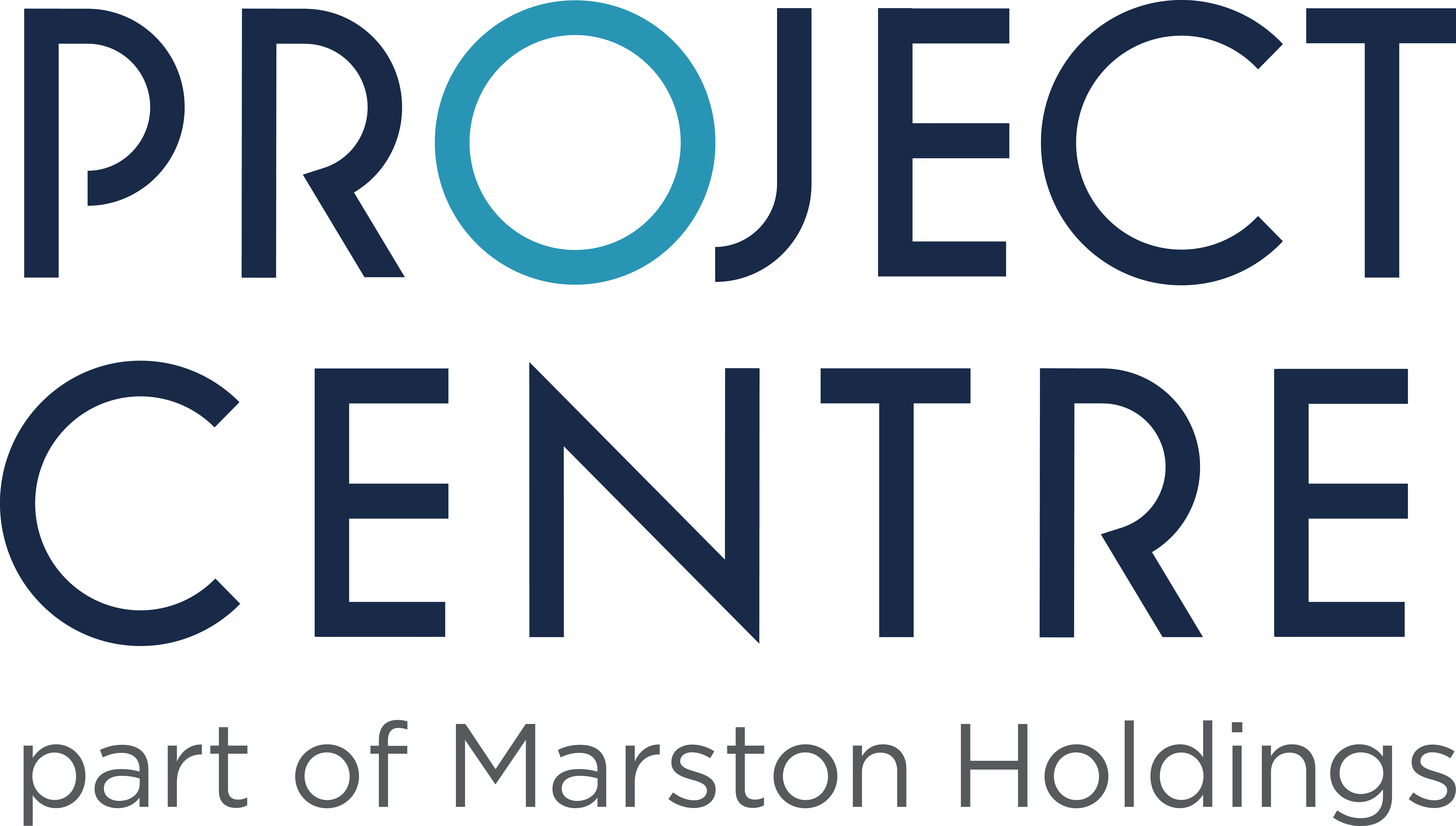We attended the Public Realm and Urban Spaces Smart Class in Manchester where our Associate Landscape and Urban Designer, Luke McGuinness, gave a presentation on designing people focused public realm. Luke explored how designing better urban spaces can turn locations into thriving hubs of activity for residents and visitors, adding to local economies.
“The public realm has a unique role in the creation of multifunctional urban places that play their part in physical, mental and social wellbeing, while fostering connections to nature and promoting active lifestyles. These spaces need to be resilient and adaptable while providing a feeling of safety and security.”
Recent studies have shown a lack of physical activity is costing the NHS billions every year, with the UK Chief Medical Officer recommending adults should do at least 150 minutes of light activity each week to help remove the strain on our medical services. By designing spaces that make physical activity a positive experience, we can encourage a behaviour change that makes active travel part of everyday life.
But a lack of infrastructure is not the only obstacle to creating healthier urban spaces. Another major barrier is community’s perception towards change.
The key aspect of creating people focused public realm

In his presentation, Luke outlined the importance of community buy-in: “The key to the success of our projects is the commitment to engage with the people living in the area, delivering community-led design.”
In our early engagement process, we prioritise opportunities for inclusivity, giving voices to community members who are not normally heard and including their suggestions in our schemes. Only by including the whole community in the consultation process, can we create a real behaviour change.
During the Smart Class, Luke used project examples of community engagement, active travel schemes, water management and placemaking. Here are some of the examples:
Lewisham Design Strategy
For the Lewisham Design Strategy, we considered how people access green spaces when planning their journey. Also, how our designs link areas to revitalise spaces, improve footfall, and create safe routes.
Moreland street, Islington
We engaged with schools and pupils while working on Moreland Street in Islington. This was to understand the issues they were facing and how they use the space. Through community driven design, we implemented a 20mph zone creating a safer street.
Eastcote rain gardens
Our objective for Eastcote rain gardens was to reduce surface level flooding. To do so we implemented a sustainable drainage system of 15 rain gardens which also improved street greening. The project helped to reduce the risk of flooding in the future and received positive feedback from residents.
The public realm is a space for all, and we make sure everyone can access it. Our expert teams work together to understand the people who are using the space and how it impacts them. As a result, we encourage active travel and overall improve the community’s health and wellbeing.


